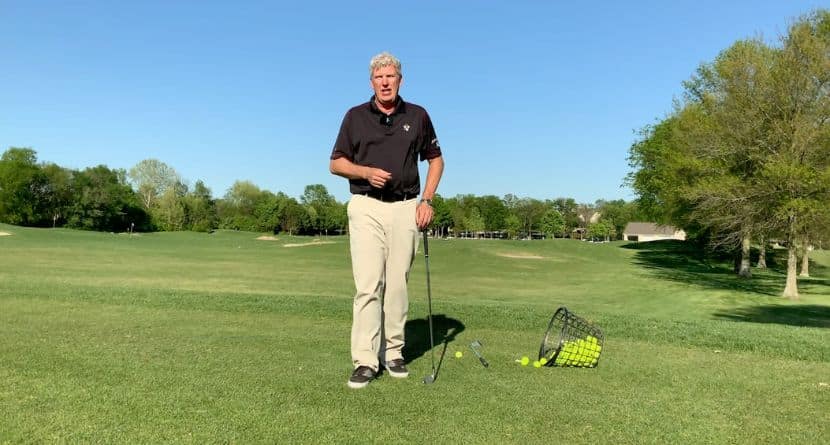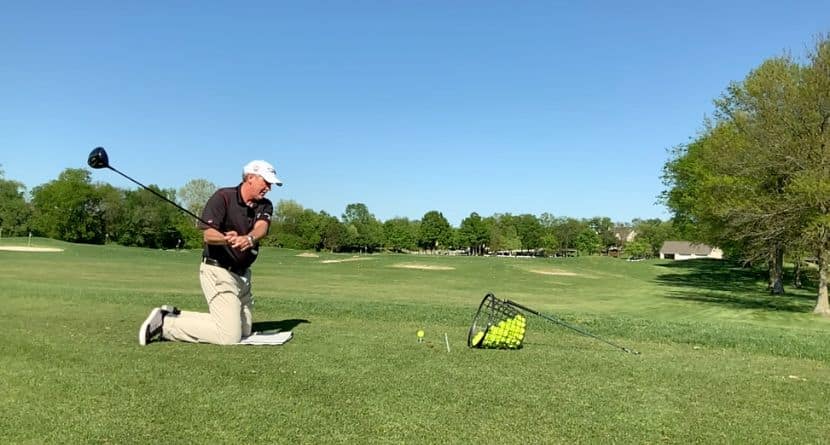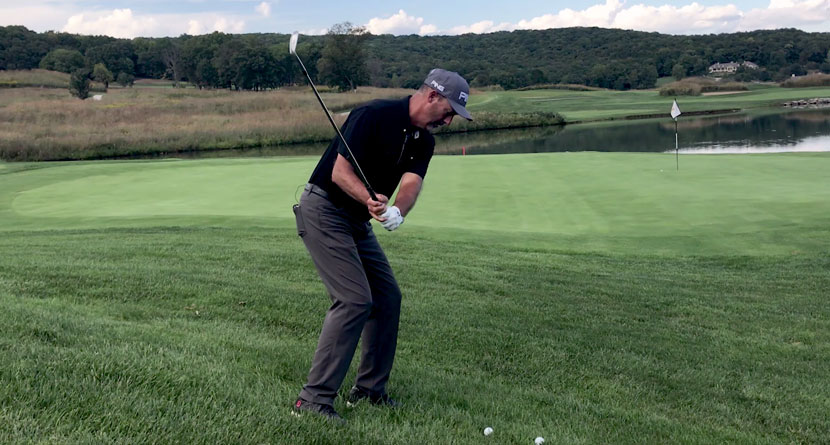Lag putting is key to scoring low, and the best tip I can give you for lag putting, in addition to making your swing big enough to use dead weight, is understanding the time the stroke takes.
One of my mentors along the way is Fred Griffin from Grand Cypress. And he did a research project with Dr. Ralph Man years ago. And he explained that if you measure the time, from when the putter starts back until the putter hits the ball, that measurement of time is almost identical for every putt if you’re looking at a good putter’s stroke.
So what that means is, if I had a four foot putt, and I moved the putter from here to here, and back to the ball, my time is around 840 milliseconds. So that’s a rather quick stroke. But that means also if I had a long putt, and I’d swung the putter back this far, and returned it to the ball, I would swing back into the ball and still the 840 milliseconds, so the time stays the same.
So where that’s relevant, if you’ve got a long putt and you’re trying to lag it with dead weight, and you know, you need a bigger backswing so that you don’t end up with this surge stroke, that means the backswing has to travel. The club head speed is faster going back than it would be if you had a shorter putt and your backswing was shorter.
So on this, I’ve got about 40 some feet here. And I’m letting the putter head swing free and big. But I’m not taking it back slow. The putter head itself is moving back with pretty good pace on it.
So I take it back fast enough so that I can take it back big enough so that I can use dead weight. And roll the putt and have good touch. Hopefully every now and then make one.













